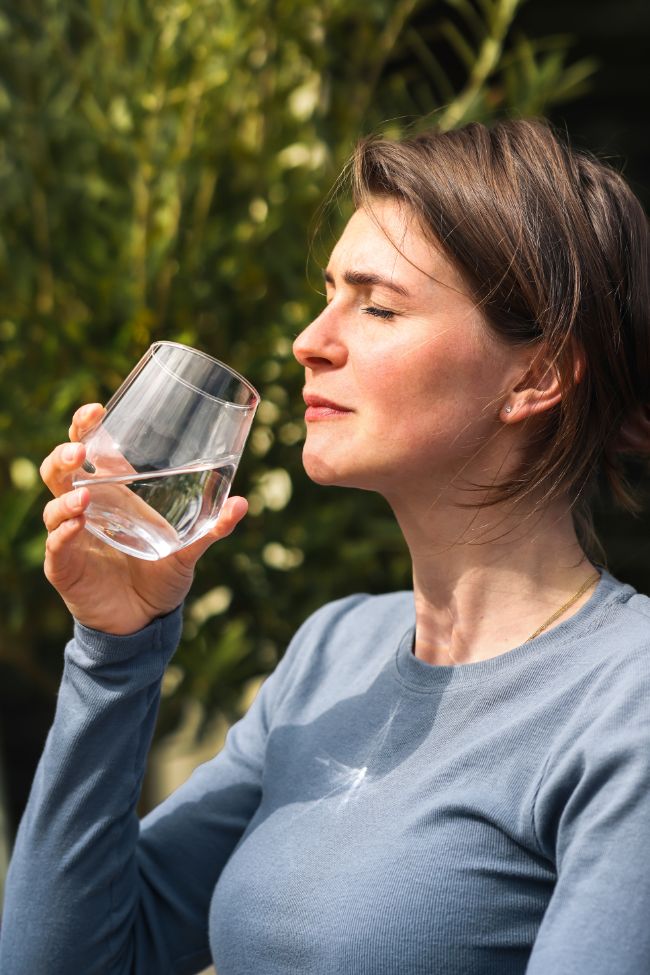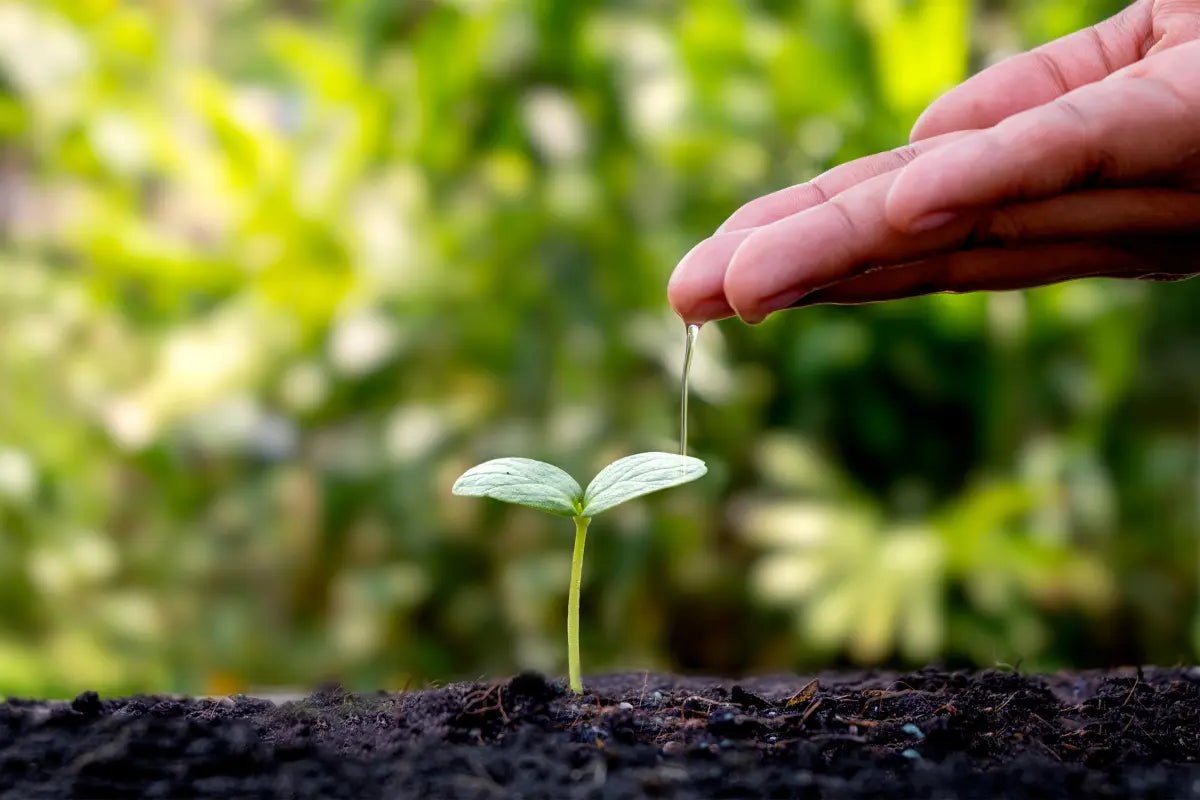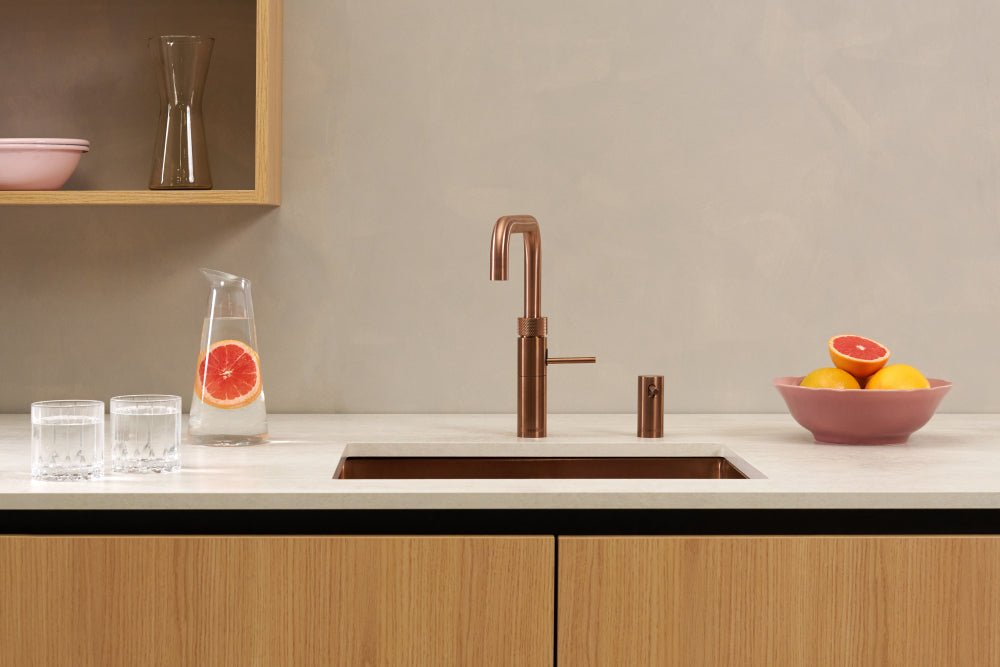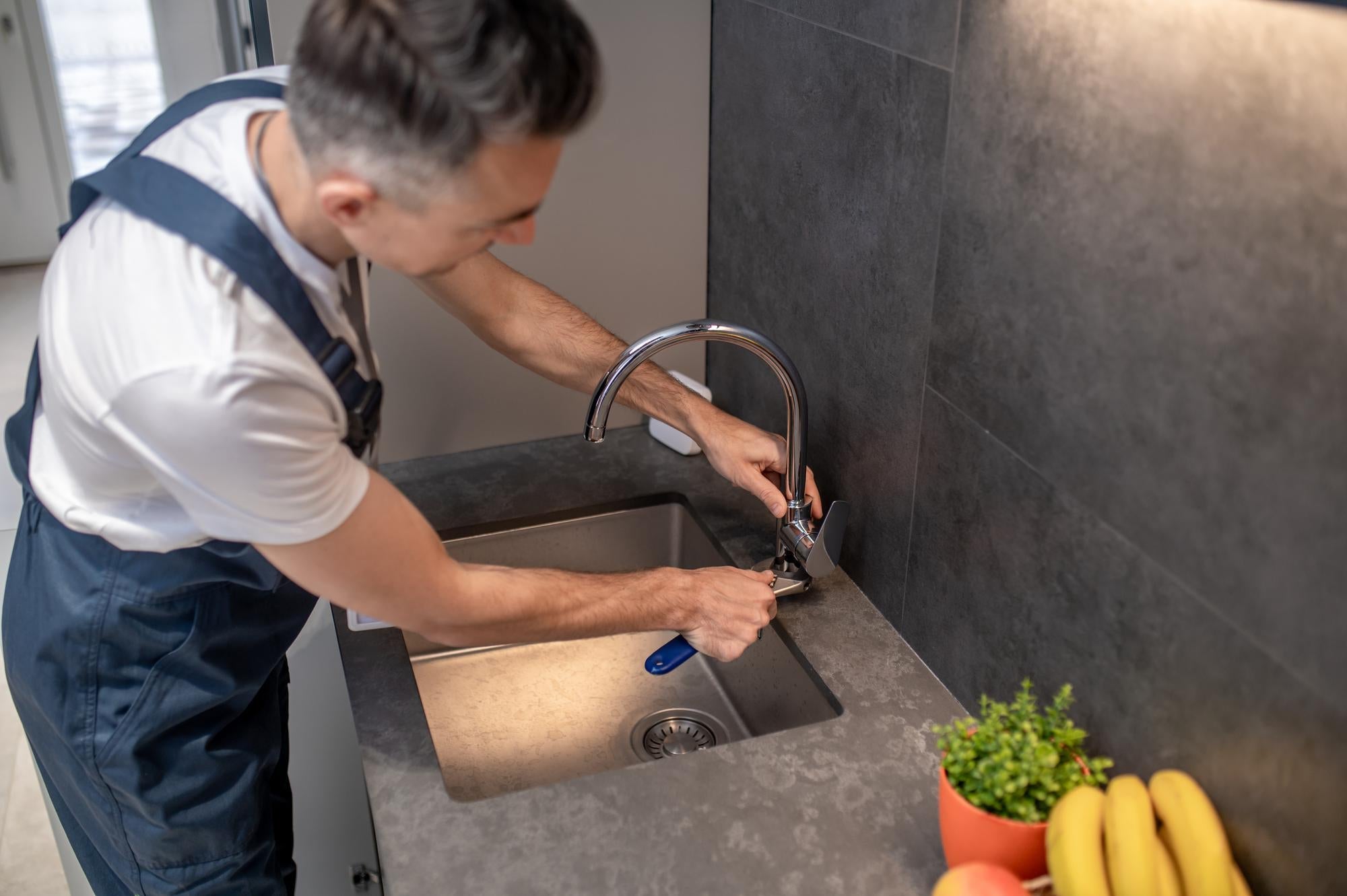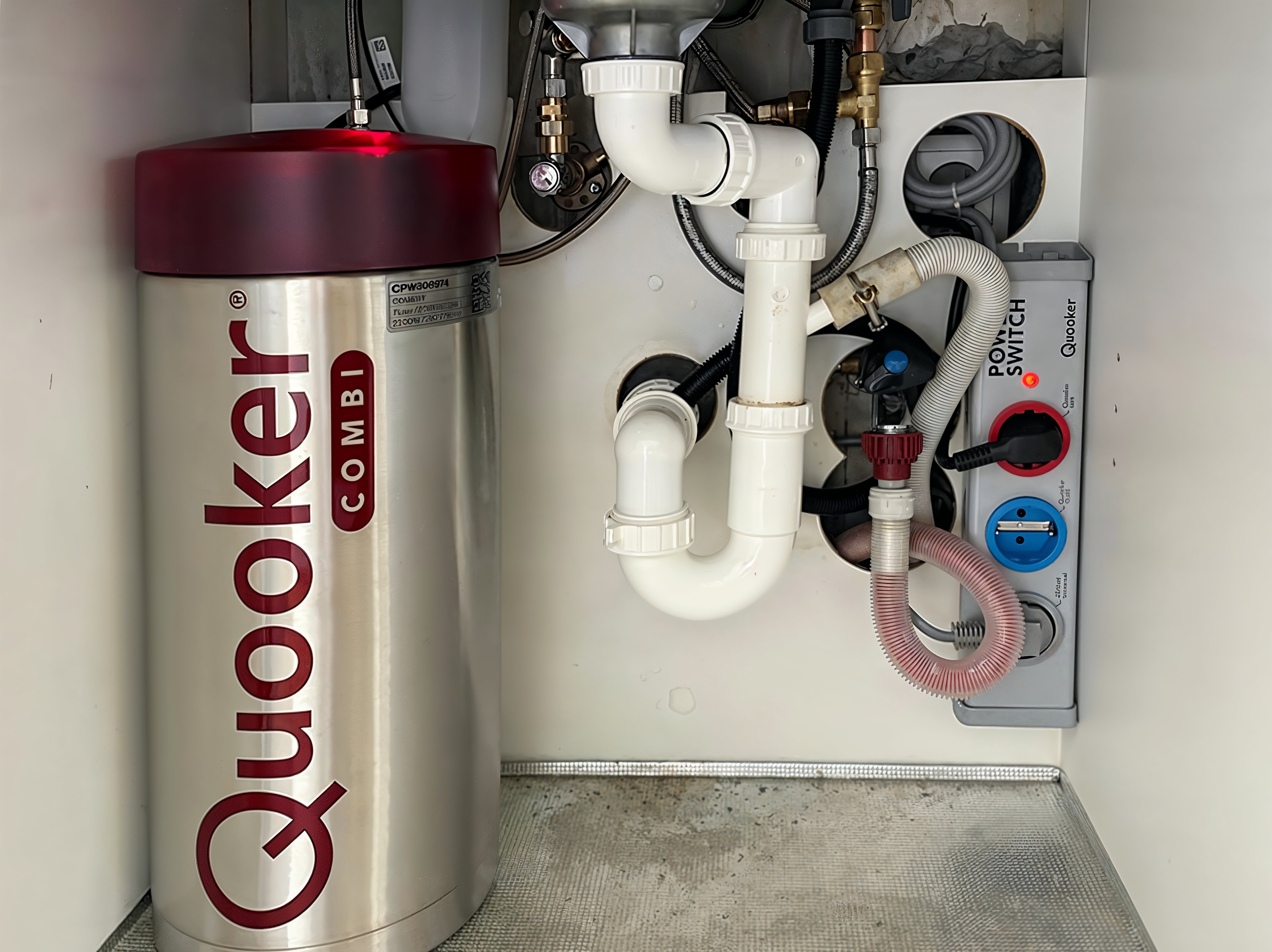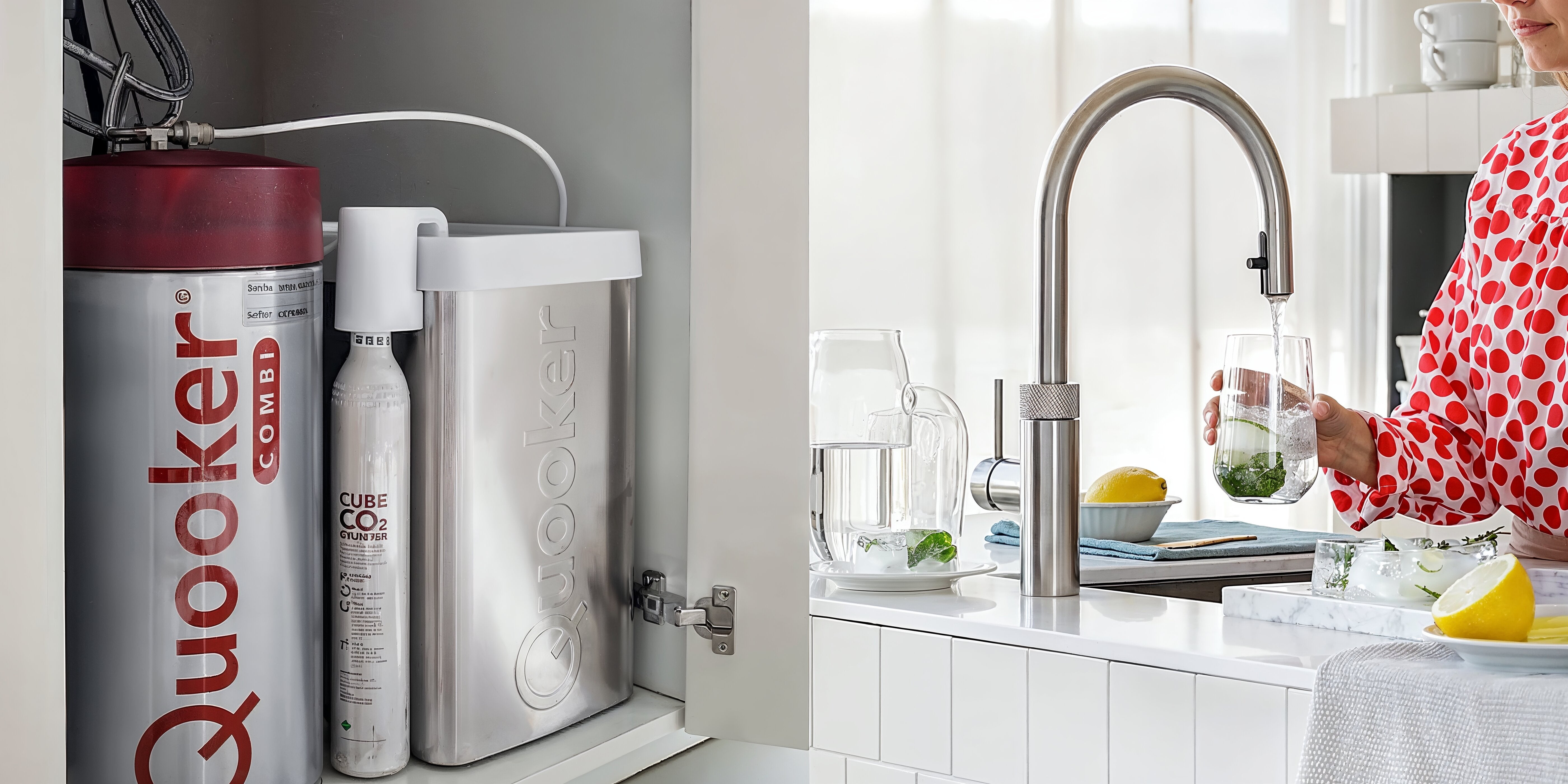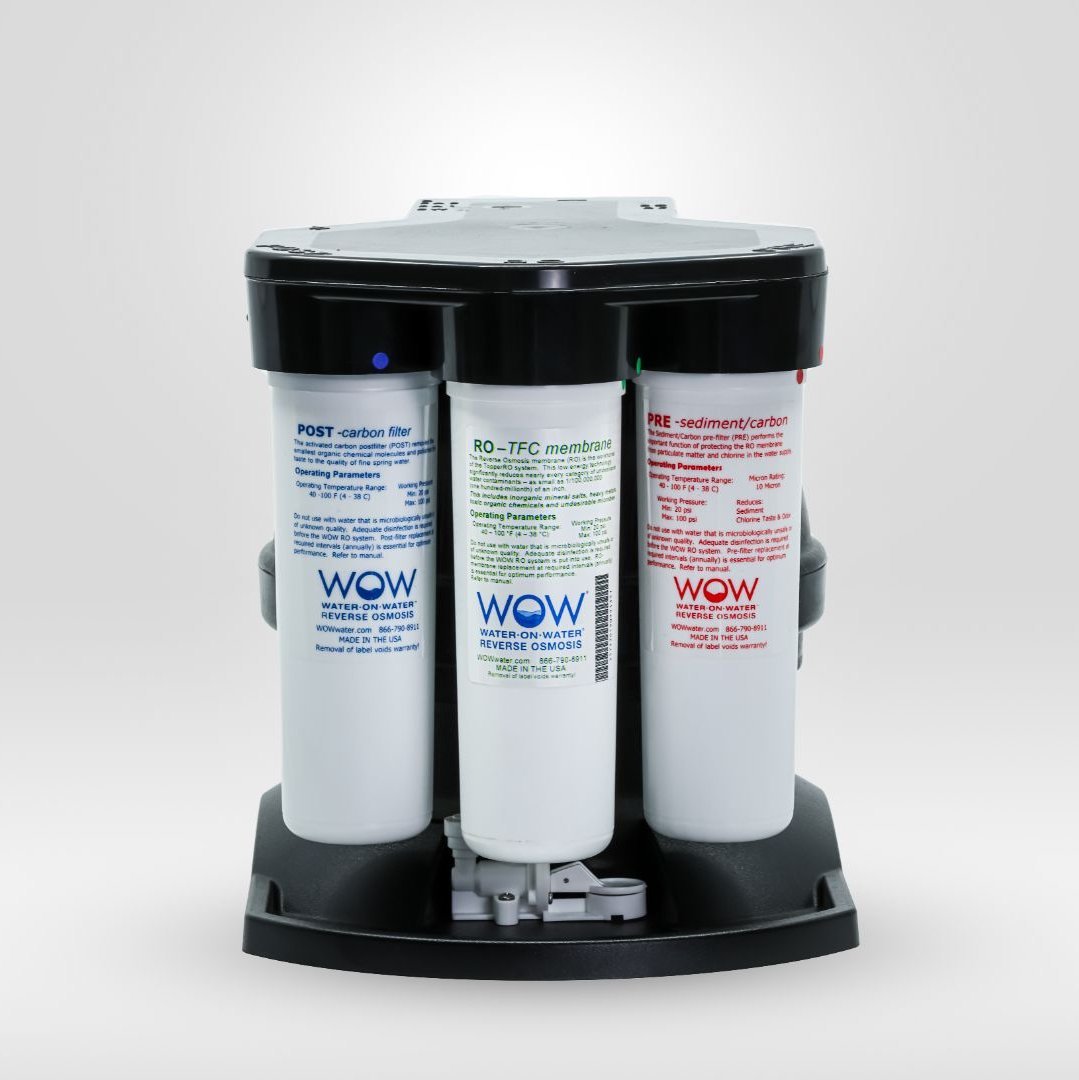Purified water is excellent for watering plants and even offers several advantages over regular tap water. Due to the absence of chlorine and other chemicals, and its balanced pH, it often promotes healthier plant growth. Sensitive plant species, in particular, respond positively to water that is free of harmful substances. When choosing a water purification system for your plants, it's important to consider the right filtration technology.
What are the differences between purified water and tap water for plants?
Tap water and purified water differ significantly in composition, which directly affects the health of your plants. Tap water often contains chlorine, which is added to prevent bacterial growth. While this is safe for human consumption, it can be harmful to the microbial life in the potting mix that is essential for plant growth.
Purified water, such as that from a water filtration system , contains significantly less chlorine and other chemicals. The Source, our advanced filtration system, removes up to 99% of unwanted substances from the water, allowing plants to benefit from purer water.
Another important difference is the mineral content. Tap water often contains high concentrations of calcium and magnesium, which leads to limescale buildup on leaves and in the soil. This can hinder the plant's nutrient uptake. Purified water has a more balanced mineral composition, allowing plants to absorb nutrients more efficiently.
The pH of water is also crucial for plant growth. Tap water can vary regionally in acidity, while purified water generally has a neutral pH that's ideal for most plant species. This creates a more stable growing environment in the potting mix.
| Characteristic | Tap water | Purified water |
|---|---|---|
| Chlorine content | High | Low to absent |
| Mineral content | Variable, often high | Balanced |
| pH value | Regionally different | Mostly neutral |
| Effect on microbiology | May be harmful | Supporting |
Which plants thrive with purified water?
Not all plants react the same way to the type of water they receive. Some species are particularly sensitive to the chemicals and minerals in tap water, while others are less affected. Sensitive houseplants such as ferns, calatheas, and marantas often respond very positively to purified water.
Orchids are among the most demanding plants when it comes to water. They are naturally epiphytic and grow in tropical environments where they receive rainwater. Rainwater is naturally soft and chemical-free, making purified water an excellent alternative. Watering orchids with purified water can lead to healthier leaves and more beautiful flowers.
Vegetables and herbs in vegetable gardens can also benefit from purified water. Leafy greens like lettuce, spinach, and basil readily absorb nutrients from water. Watering them with purified water reduces the absorption of unwanted chemicals.
- Tropical plants (monstera, philodendron)
- Carnivorous plants (Venus flytrap, pitcher plant)
- Foliage plants with sensitive leaves
- Seedlings and young plants
Plants that naturally grow in areas with softer water, such as azaleas, rhododendrons, and gardenias, thrive better in water free of lime and other harsh minerals. These plants prefer slightly acidic soil, and hard tap water can disrupt this balance.
How do you choose the right water purifier for your plants?
When selecting a water purification system for your plants, it's important to understand which technology best suits your needs. Reverse osmosis technology, as used in our The Source system, offers one of the most effective methods of purifying water for plant care.
A good water purification system not only removes chlorine and heavy metals but also ensures a balanced mineral composition. For plants, it's important that the water isn't completely demineralized, as some minerals are essential for healthy growth.
When choosing a water purifier, consider the following aspects:
- Filtration Level: Choose a system that removes chlorine, heavy metals, and other harmful substances
- Capacity: Make sure the system can produce enough water for all your plants
- Ease of use: A system that is easy to install and maintain
- Sustainability: Systems like The Source produce up to 500% less wastewater
Our water filter systems are not only ideal for drinking water, but also perfect for plant care. They are designed to remove harmful substances while retaining the essential minerals plants need to thrive.
By investing in a quality system like The Source, you're not only ensuring healthier water for yourself, but you're also creating optimal conditions for your plants to thrive. Purified water ensures that flowers bloom longer and plants grow healthier and more vigorously, ultimately resulting in a more beautiful and vibrant plant collection.
